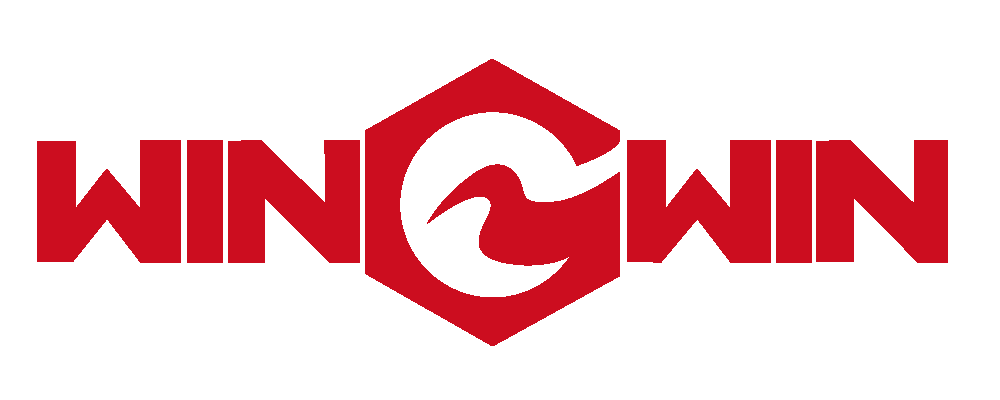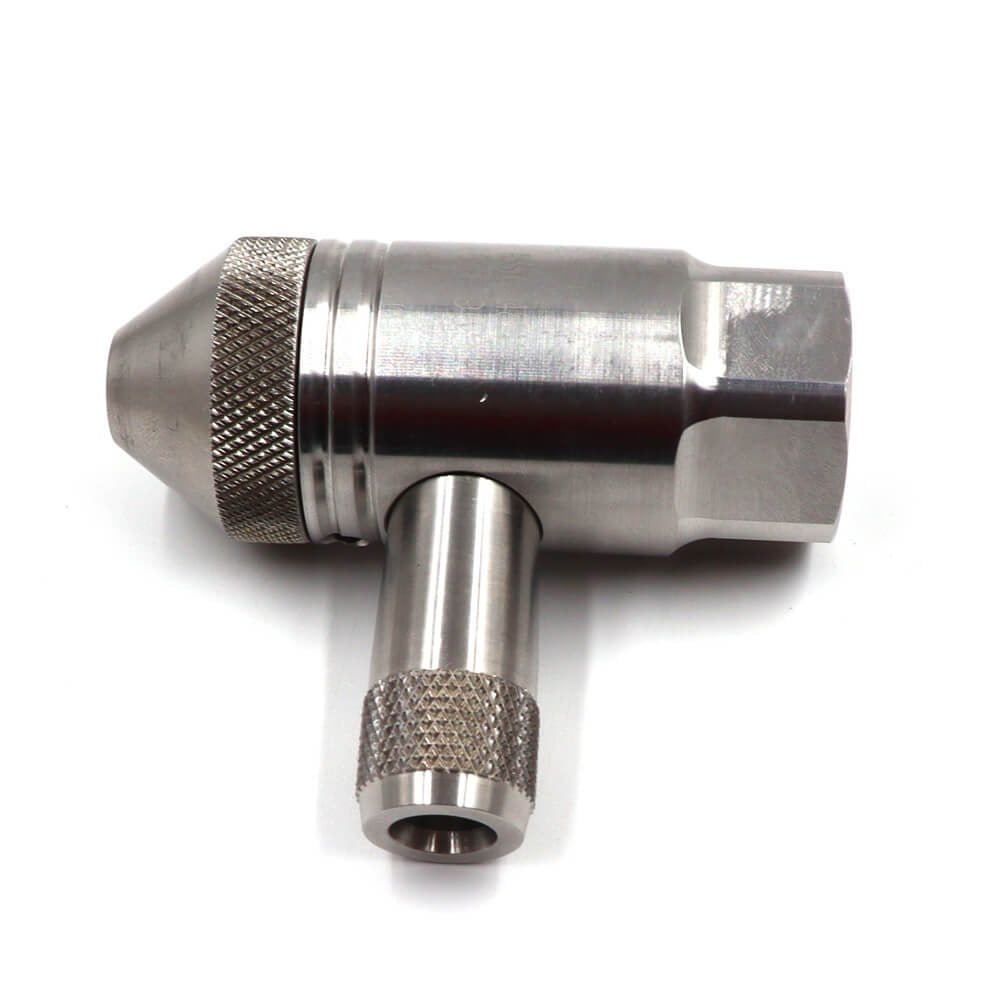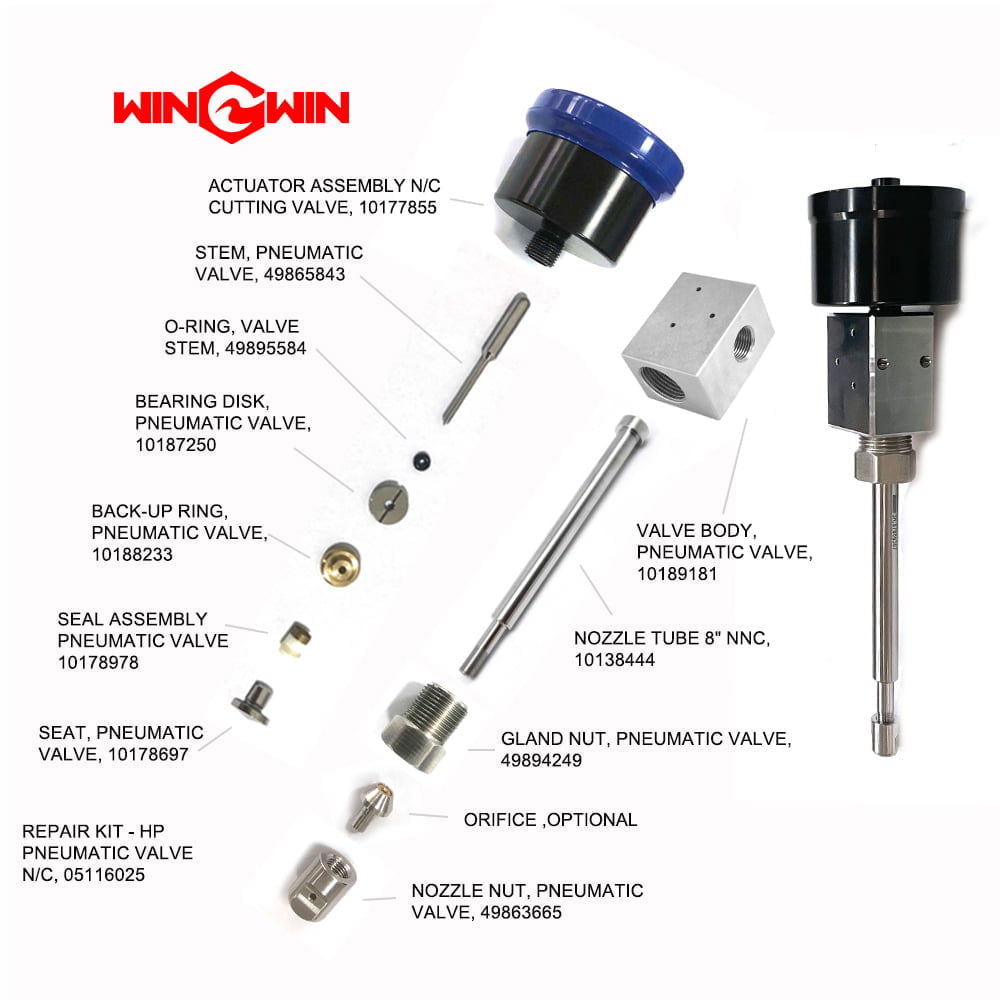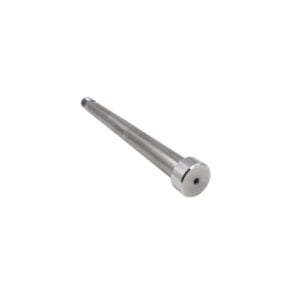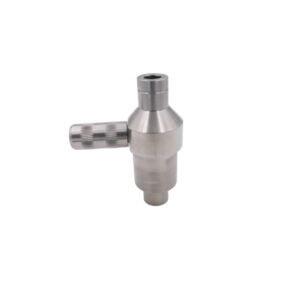Description
What You Need to Know About Waterjet Cut Quality
Waterjet cutting is a highly versatile and efficient cutting method that can be used to cut through a broad range of materials.
This technique utilizes a high-pressure stream of water mixed with abrasive particles to cut through materials, making it suitable for use on metals, plastics, composites, and stone.
One of the essential factors to consider when using waterjet cutting is the quality of the edge produced by the process.
Now let‘s explore the different grades of edge quality, the benefits of 5-axis waterjet cutting, and the smallest waterjet hole and kerf width of cut.
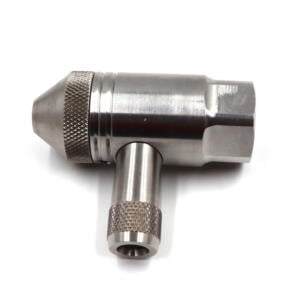
| Description | Part No. |
| IDE II Assembly | |
4,100 bar | |
| Diamond Orifice | |
0.007″ / 0.17 mm | 20477959007 |
0.008″ / 0.20 mm | 20477959008 |
0.009″ / 0.23 mm | 20477959009 |
0.010″ / 0.25 mm | 20477959010 |
0.011″ / 0.28 mm | 20477959011 |
0.012″ / 0.30 mm | 20477959012 |
| 0.013″ / 0.33 mm | 20477959013 |
0.014″ / 0.35 mm | 20477959014 |
| 0.016″ / 0.40 mm | 20477959016 |
| 0.018″ / 0.46 mm | 20477959018 |
What is Waterjet Cut Quality?
The quality of the edge produced by waterjet cutting refers to the roughness and precision of the cut.
The quality is categorized into five levels from Q1 to Q5, with Q5 being the most accurate.
The cut speed and edge quality can also be indicated by industry terms such as 100%, 80%, 60%, 40% & 20% or Fastest, Medium fast, Normal, Better & Best.
For parts that require close tolerance geometry, smoother edge finishes are necessary to achieve the desired accuracy.
Now, let’s delve into the different grades of edge quality that can be achieved through waterjet cutting.
The quality of the edge produced by waterjet cutting is categorized into five levels, ranging from Q1 to Q5, each with its own unique characteristics.
Grade 1: Separation Cut (Q1)
Grade 1 is the fastest cut and is primarily used for material separation. The edge quality is rough, with striations present. However, the cutting speed is very high, making it ideal for separation cuts.
Grade 2: Through Cut (Q2)
Through cuts are similar to separation cuts, but the roughness is reduced. This grade is ideal for parts where production speed is important, but the edge quality needs to be better than Q1.
Grade 3: Clean Cut (Q3)
Clean cuts are the most common type of cut and are often used in standard applications.
The edge quality produced by Q3 grade of waterjet cutting is generally considered to be acceptable in standard cutting applications.
While the edge may exhibit some striations or grooves, they are typically limited to the lower layers of the cut and are not highly visible.
This grade is suitable for parts where a moderate cutting speed is required.
Grade 4: Good Edge Finish (Q4)
Good edge finish is a high-quality cut that has minimal striations and is barely visible.
While the cutting speed for Q4 is slower than Q3, the resulting edge quality is much smoother and with significantly fewer striations or grooves visible.
Grade 5: Excellent Edge Finish (Q5)
Q5 grade produces the highest quality edge possible. This grade is ideal for parts that require the utmost precision and finish quality, as no striations or grooves are present in the cut.
The cutting speed is the slowest, but the edge quality is the best that can be achieved with a water jet cutting machine.
Compared to other cutting methods, the precision and finish quality achieved by Q5 grade waterjet cutting are unparalleled.
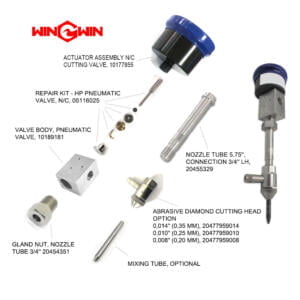
What is 5-Axis Waterjet Cutting?
Waterjet cutting technology has advanced significantly over the years, with 5-axis waterjet systems being the latest innovation.
One of the advantages of 5-axis waterjet cutting is its ability to cut at angles of up to 60 degrees.
The 5-axis system is designed to move the cutting head perpendicular to the cutting surface while rotating on an axis.
This capability allows for executing complex cuts such as chamfers and bevels, which eliminates the need for secondary operations that are typically required to finish a part.
This technology is especially useful for cutting materials that have thickness variations or complex geometries.
The 5-axis waterjet system can follow the contours of the material and maintain a consistent cutting angle throughout the process.
One of the key benefits of this feature is that it can save both time and costs involved in finishing the part.

What is the Smallest Waterjet Hole and Kerf Width of Cut?
The width of the jet stream is a crucial factor to consider when selecting the appropriate cutting head for a particular application.
The width of the jet stream refers to the diameter of the stream of water and abrasive particles that is used to cut through materials.
Typically, the width of the jet stream used in waterjet cutting is around 0.04 inches or 1 mm.
This size is suitable for most cutting applications and is commonly used in the industry.
However, for more intricate cuts that require higher precision, a smaller jet stream is required.
Microjet waterjet cutting heads have a smaller nozzle and a stream width of 0.02 inches or 0.5 mm.
This size is less common but offers greater precision in the cutting process.
The smaller nozzle allows for tighter cuts and more intricate designs, making it ideal for cutting small or delicate pieces.
FAQs
Q: What materials can be cut using waterjet cutting?
A: Waterjet cutting can be used to cut a wide variety of materials, including metals, plastics, composites, glass, ceramics, and stone.
Q: What is the benefit of using waterjet cutting over other cutting methods?
A: Waterjet cutting offers several advantages over other cutting methods, including the ability to cut a wide range of materials, faster production times, and greater precision.
Q: What are the factors to consider when selecting the appropriate waterjet cutting grade?
A: The choice of grade depends on the desired edge quality, production speed, and material being cut.
For parts that require close tolerance geometry, smoother edge finishes are necessary to achieve the desired accuracy.
In conclusion, the quality of the edge produced by waterjet cutting is an essential factor to consider when selecting the appropriate grade.
The selection of the right cutting grade is essential in achieving the desired precision and finish quality for a particular application.
Moreover, 5-axis waterjet cutting technology is a game-changer for the manufacturing industry, providing greater efficiency and precision.
And for intricate cuts or delicate pieces, microjet waterjet cutting heads are the ideal choice to achieve greater precision.
By understanding the different grades of waterjet cut quality and the benefits of 5-axis waterjet cutting, you can select the appropriate cutting method to meet your specific needs and produce high-quality parts efficiently.
Any other requirements for water jet cutting small parts, welcome to consult with us.
